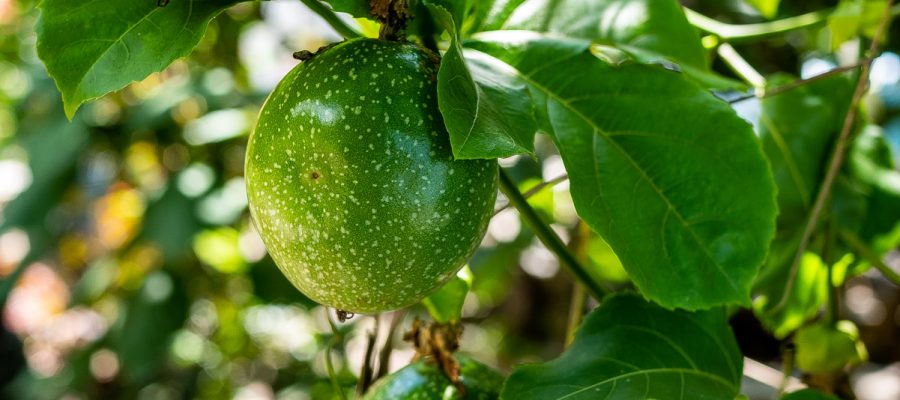Scientific Name: Passiflora edulis
Bahasa Indonesian: Markisa
Batak: Markisa
Basic Information:
The passion fruit is the fruit of a number of plants in the Passiflora family. Edible passion fruits can be divided into three main types:
- purple passion fruit
- yellow passion fruit
- giant granadilla
There’s also sweet granadilla. Passion fruits are round or oval. They can be yellow, red, purple, and green. The interior is filled with firm, juicy meat and an abundance of seeds. The fruit is regularly squeezed for the juice; you’ll often see it added to other juices to improve the flavor and add an exotic taste.
You can find passion fruits grown in nearly any warm climate in the world, provided the temperature is frost-free throughout the year. This includes the South Pacific, Central America, the Middle East, the Mediterranean, and various subtropical locations throughout the world. It is a popular breakfast food and snack and is also used in making juice. Passion fruit flavor is also used as an additive to salsa, salad, and desserts.
Health Benefits:
- Passion fruits are a very rich source of fiber. A single cup of this fruit provides the human body with approximately 98 percent of its daily requirement. Fiber is an essential component of a healthy diet since it is the substance that facilitates healthy digestion of food, and the regulation of bowel movements
- Passion fruit is such a rich source of minerals including iron, copper, magnesium, and phosphorus; it is a very important fruit for increasing bone mineral density and bone strength
- Passion fruit boosts immune systeme
- helps improve bone and eye health
- Passion fruit peel supplements may have powerful anti-inflammatory effects. They may be beneficial for people with asthma and osteoarthritis
- If you are having trouble sleeping or feeling anxious most of the time, regular consumption of passion fruit might help. Passion fruit juice and the leaves and flowers of the passion vine contain the alkaloid, harman, which has a mild sedative effect and can aid in inducing sleep
Fun Facts:
- The Amazon is home to more than two hundred species of passion plants
- Botanically, passion fruit is a berry.
- Oil extracted from passion fruit seeds are good for muscle aches
- Passion fruits having slightly wrinkled skin are actually the sweetest
- Passionfruit were named by Spanish missionaries in South America as the flowers were interpreted to symbolise ‘Christ’s passion (suffering) on the cross’
Sources:
https://en.wikipedia.org/wiki/Passion_fruit_(fruit)
https://www.healthline.com/nutrition/passion-fruit#section6
Passion Fruit: Health Benefits, Side Effects, Fun Facts, Nutrition Facts and History

